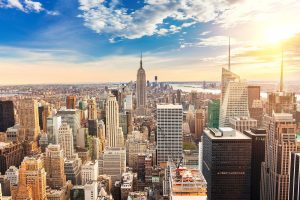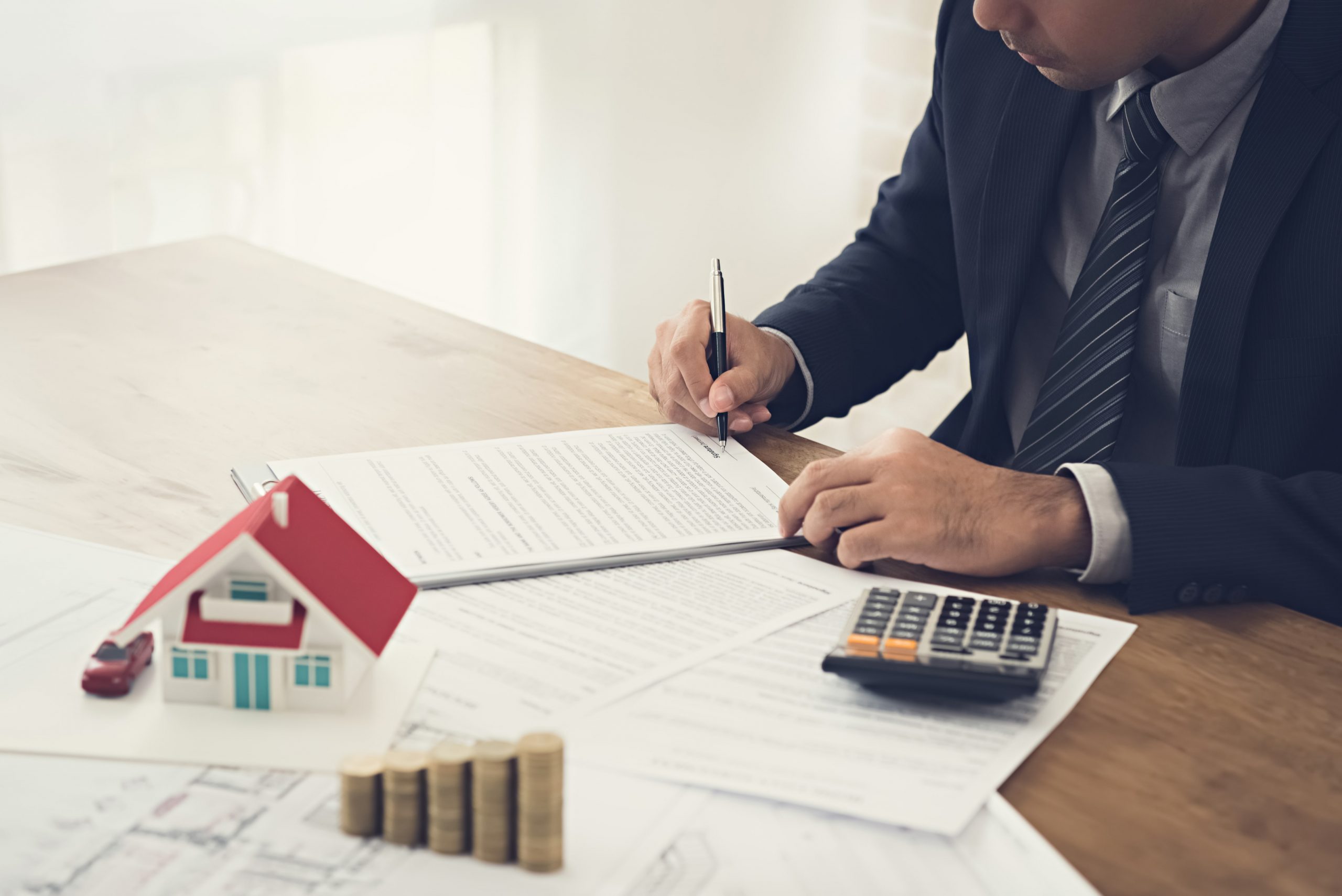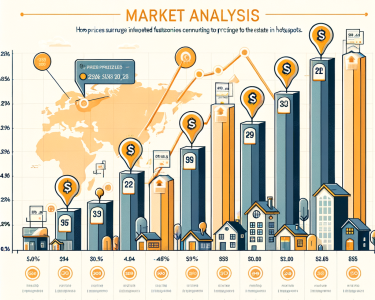In the ever-evolving landscape of urban development, the term “sustainability” has grown from a buzzword into a driving force behind real estate innovation. From green rooftops to energy-efficient skyscrapers, cities around the world are taking the lead in forging a path toward eco-urbanism – a revolution that seeks to harmonize city living with environmental consciousness.
In this feature story, we will delve into the heart of this transformative movement, exploring how cities are not only adapting to climate change but actively mitigating its impacts through sustainable real estate practices.
The Rise of Sustainable Real Estate in Urban Centers
While eco-consciousness has permeated various aspects of our daily lives, cities are arguably the most potent agents of change. By their very nature, urban areas tend to be epicenters of resource consumption and environmental impact. However, many cities are recognizing the urgency of the situation and striving to be part of the solution rather than the problem.
One remarkable trend is the growing number of sustainable building certifications and initiatives cropping up worldwide. Iconic buildings like One Bryant Park in New York City, often referred to as “The Bank of America Tower,” have achieved the prestigious Leadership in Energy and Environmental Design (LEED) Platinum certification. They are exemplars of how cities are raising the bar for eco-urbanism.

The Role of City Governments
City governments have played a pivotal role in nurturing sustainable real estate development. By implementing eco-friendly building codes and zoning regulations, they’re setting the stage for a future where real estate endeavors prioritize environmental responsibility.
Consider the case of Portland, Oregon, where the city government has fostered a culture of sustainability through its innovative ecoroof program. This initiative encourages the installation of vegetated roofs on commercial buildings, not only enhancing energy efficiency but also contributing to improved air quality and reduced urban heat island effects. It’s a prime example of how local authorities can incentivize developers to embrace eco-urbanism.
Sustainable Real Estate as an Economic Engine
It’s important to recognize that sustainable real estate isn’t merely about hugging trees; it’s also a promising economic driver. The concept of “green growth” has found a natural home within the urban environment, creating a harmonious synergy between ecology and economics.
A burgeoning demand for sustainable, energy-efficient properties and green spaces is creating new job opportunities in the construction, design, and technology sectors. Innovative startups, for example, are developing cutting-edge building materials that are not only environmentally friendly but also cost-effective.
Challenges and Future Prospects
Of course, the path toward sustainable real estate isn’t without its challenges. Cost constraints, resistance to change, and concerns over the economic feasibility of such projects remain. Nevertheless, cities across the globe are proving that where there’s a will, there’s a way.
The future of sustainable real estate in urban environments is undeniably bright. As cities become increasingly populated and the impacts of climate change more pronounced, eco-urbanism will continue to gain traction. It’s a story of innovation, collaboration, and determination – a story that cities are not only writing but embodying.
In Conclusion
Cities are no longer just centers of commerce and culture; they’re emerging as beacons of hope in the fight against climate change. Through sustainable real estate practices, they are rewriting the narrative of urban development. This isn’t just a matter of aesthetics; it’s a global movement that has far-reaching implications for our collective future.
As we look to the cities leading the way in eco-urbanism, one can’t help but be inspired by the idea that urban living and ecological responsibility can coexist. This isn’t just a trend; it’s a blueprint for a more sustainable world.




